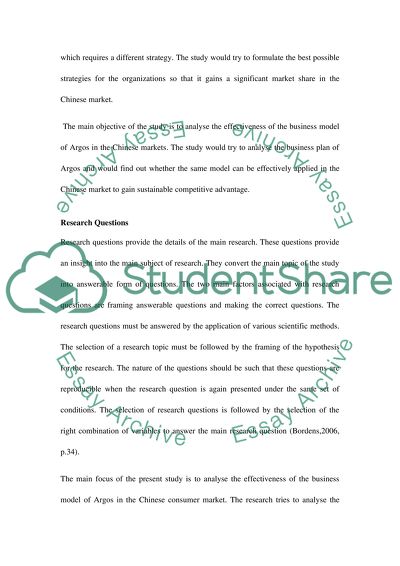Cite this document
(“Can Agros enter the chinese market -An investigation about chinese Essay - 1”, n.d.)
Can Agros enter the chinese market -An investigation about chinese Essay - 1. Retrieved from https://studentshare.org/miscellaneous/1570293-can-agros-enter-the-chinese-market-an-investigation-about-chinese-consumers-attitudes-towards-the-argos-business-modle
Can Agros enter the chinese market -An investigation about chinese Essay - 1. Retrieved from https://studentshare.org/miscellaneous/1570293-can-agros-enter-the-chinese-market-an-investigation-about-chinese-consumers-attitudes-towards-the-argos-business-modle
(Can Agros Enter the Chinese Market -An Investigation about Chinese Essay - 1)
Can Agros Enter the Chinese Market -An Investigation about Chinese Essay - 1. https://studentshare.org/miscellaneous/1570293-can-agros-enter-the-chinese-market-an-investigation-about-chinese-consumers-attitudes-towards-the-argos-business-modle.
Can Agros Enter the Chinese Market -An Investigation about Chinese Essay - 1. https://studentshare.org/miscellaneous/1570293-can-agros-enter-the-chinese-market-an-investigation-about-chinese-consumers-attitudes-towards-the-argos-business-modle.
“Can Agros Enter the Chinese Market -An Investigation about Chinese Essay - 1”, n.d. https://studentshare.org/miscellaneous/1570293-can-agros-enter-the-chinese-market-an-investigation-about-chinese-consumers-attitudes-towards-the-argos-business-modle.


